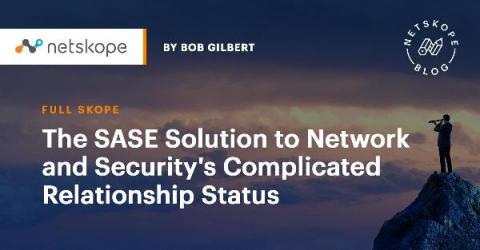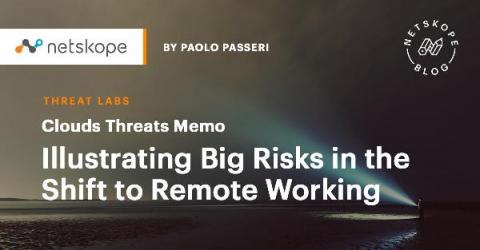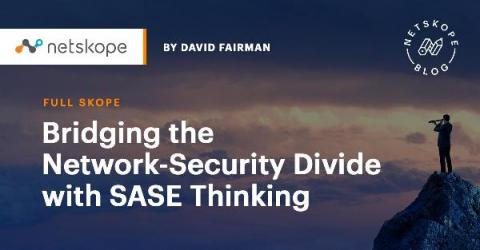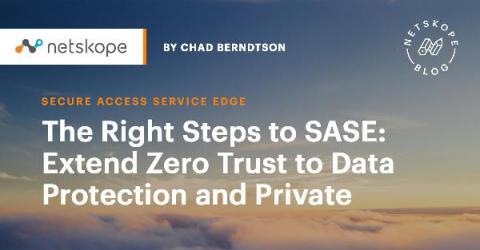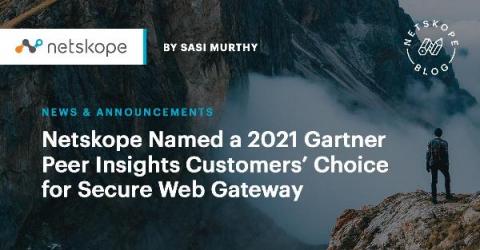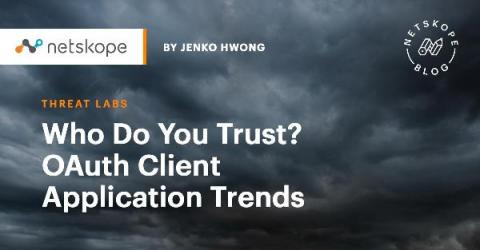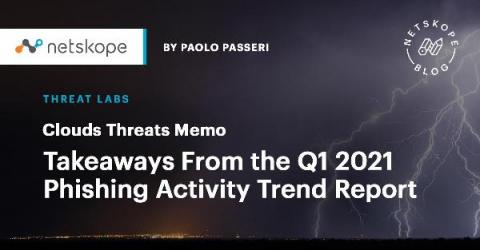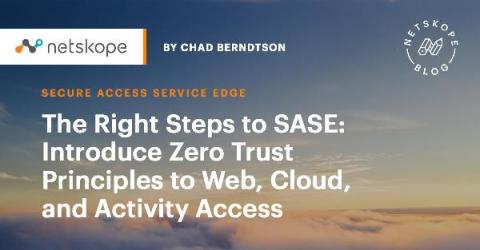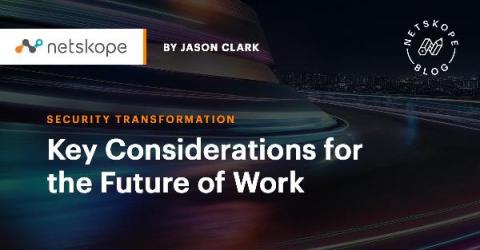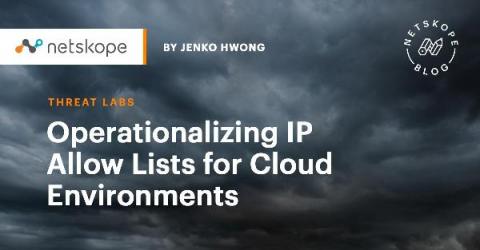The SASE Solution to Network and Security's Complicated Relationship Status
If our friends Security and Networking were on Facebook, they would probably both list their relationship status as “It’s Complicated.” Sometimes everything’s great, but now and then things can get a little weird, unclear, or uncomfortable. At many organizations, there has traditionally been a barrier between the security and networking teams. Each team has its own objectives — and at times, those objectives can be at cross-purposes.


